Hello bloggers, today we will talk about the attractions inside the Salar de Uyuni in Bolivia. Read more about in the blog below …
So, let’s go … The Salar of Uyuni in Bolivia tour and its surroundings offer impressive landscapes, colorful mountains, colourful lagoons, boiling geysers and a varied high Andean fauna and flora, and also animals like vicuñas, foxes, flamingos and vizcachas, etc.
The Tunupa Volcano and the cave with Mummies.
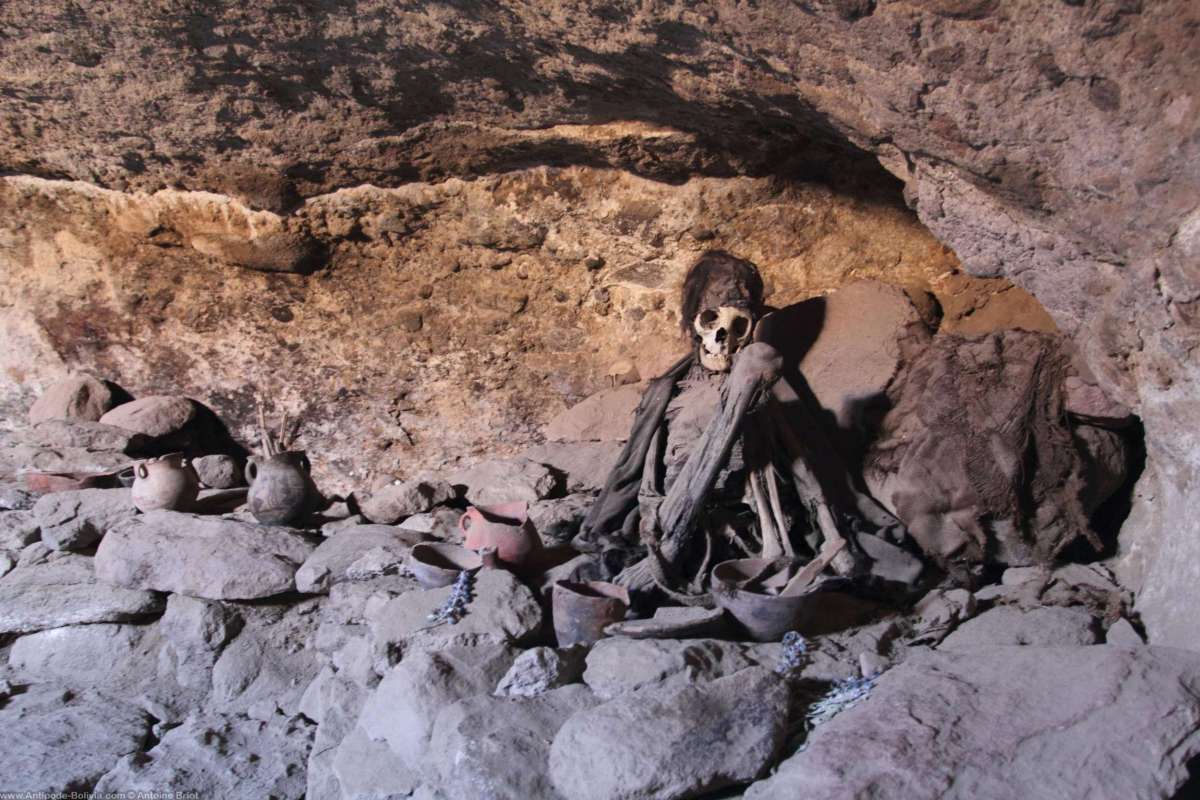
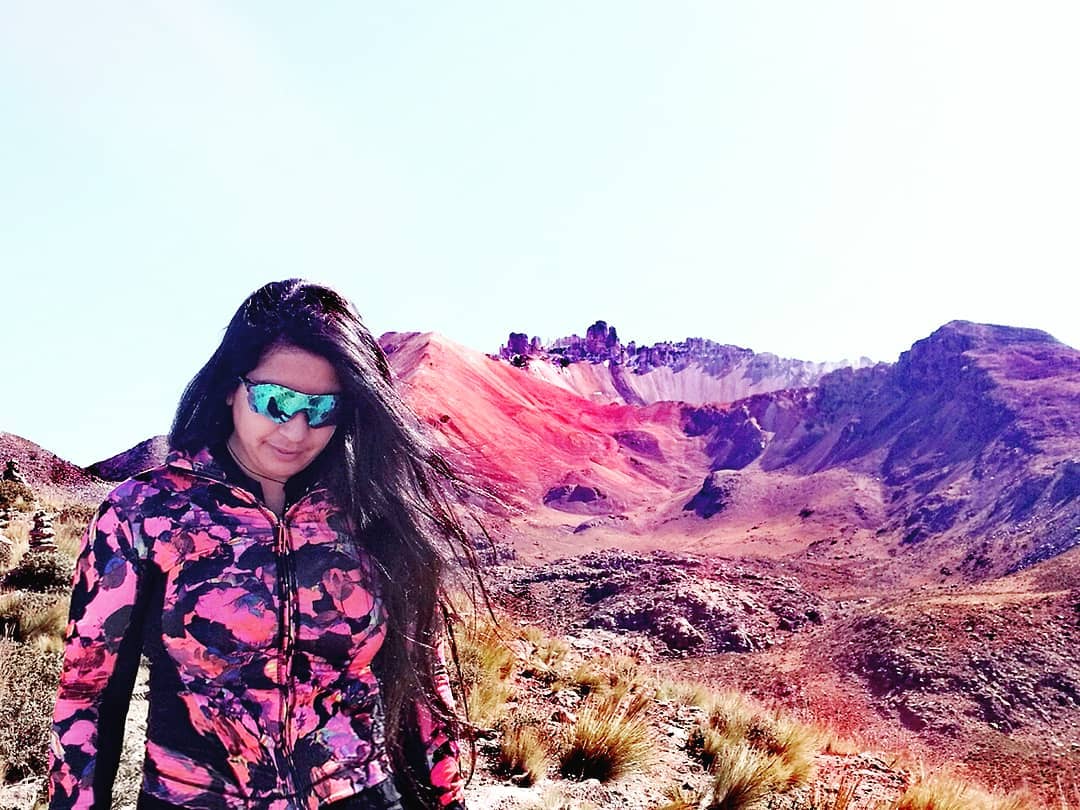
This imposing Tunupa volcano tour by Dreamy Tours is the main landmark of the Salar de Uyuni tour, visible from almost everywhere. It is located at the northern end, making it the reference point for travellers visiting the Salar.
On its slopes, in a cave, rests a family of mummies known as the “Mummies of Conqueza”.
They date back to 1150 A.D. and thanks to the cold and dry climate of the site, they are preserved in excellent condition.
Access to the volcano is in the small village of Conqueza, situated at the foot of this giant at 5,435 metres above sea level. It is possible to climb it, which can take between 3 and 4 hours. The view of the salt flat from the top is impressive.
The name Tunupa comes from a deity of the ancient Andean peoples, and was considered the god of the volcano and of lightning.
The Red Colorosa Lagoon.

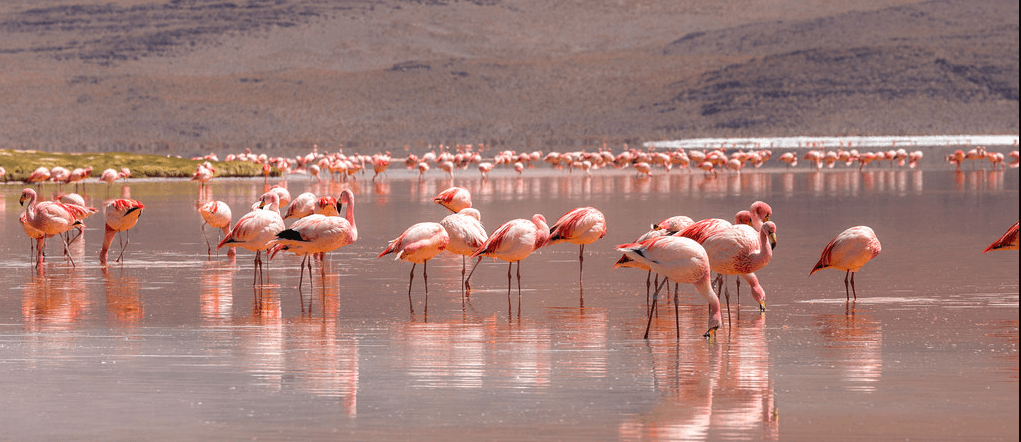
The coloured lagoon tour Salar de Uyuni, with shades of brown and red, is considered one of the most beautiful on the planet.
With a surface area of 55 km², it is home to numerous high Andean birds, its main inhabitants being the impressive flamingos.
The reddish colour of its waters is due to the red sediments and pigments of certain types of algae. Depending on the time of day, this wonderful lagoon changes its red colour. I recommend a visit, both in the morning and in the afternoon.
The lagoon 3 tours marks the beginning of the Fernando Abaroa Andean Fauna Reserve, which extends to the Chilean border.
The Boiling Geysers of the Morning Sun.
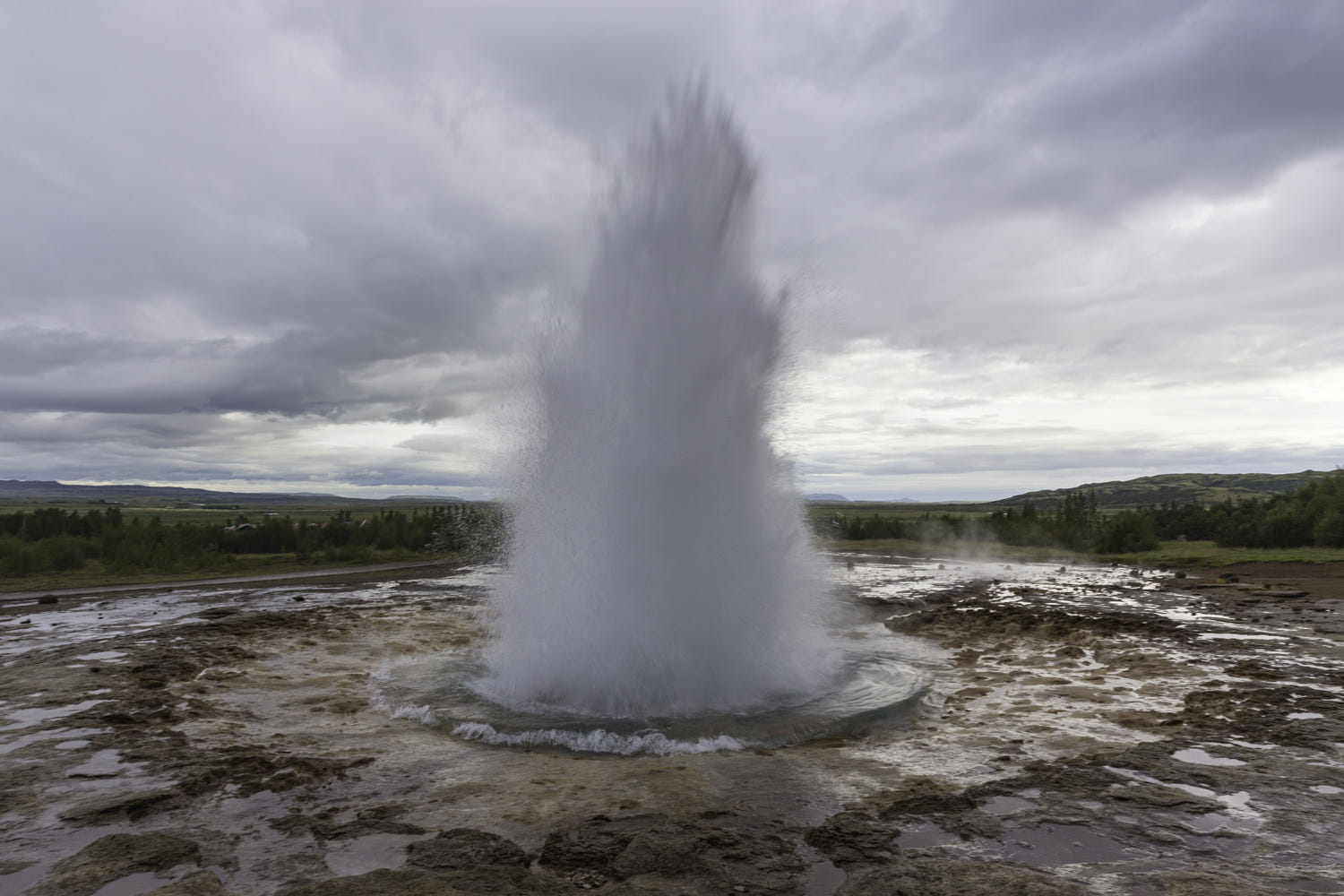
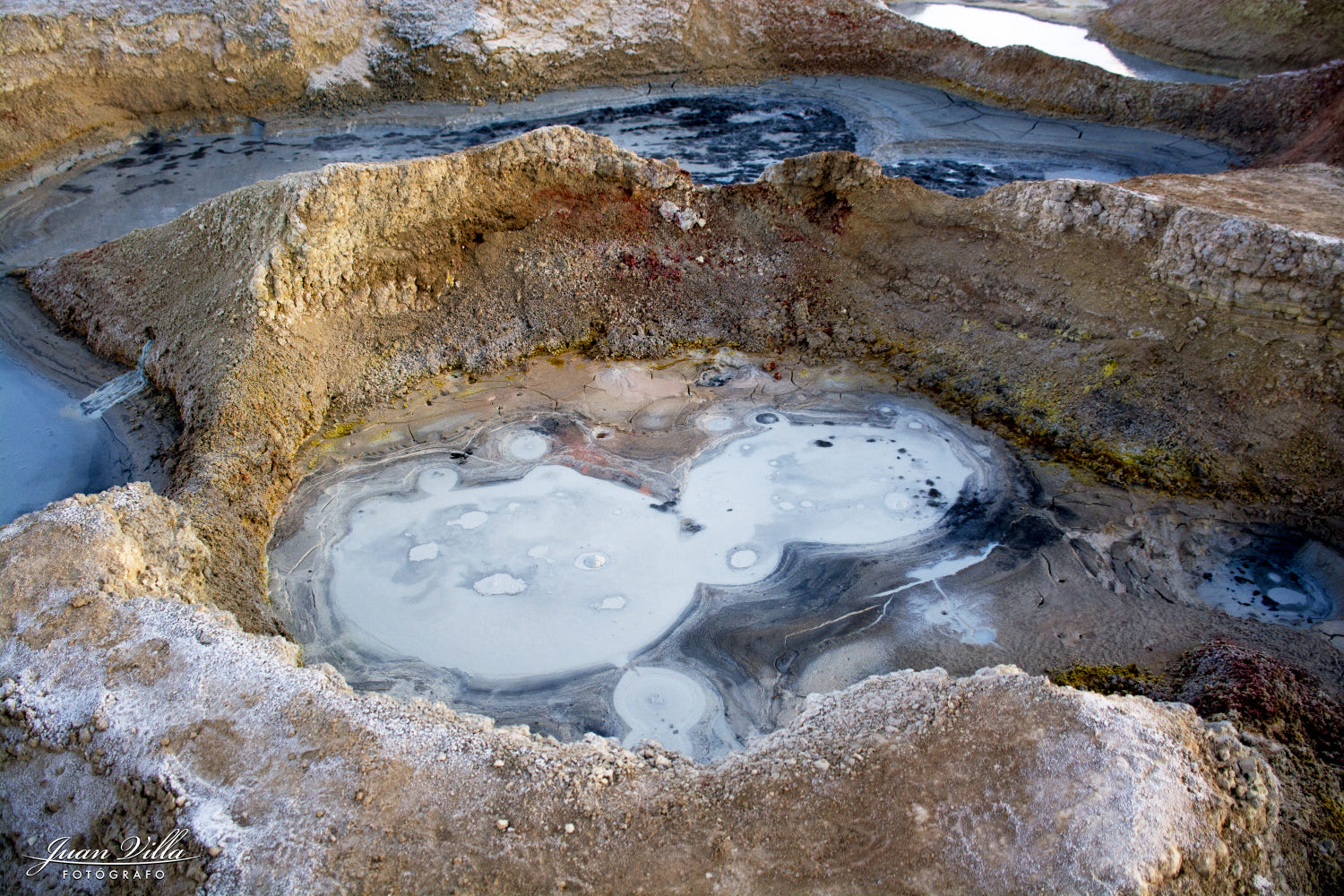
At an altitude of 4,900 metres above sea level, in a desert area of approximately 2 km², and to the south of Laguna Colorada, you will find these impressive Tour Salar de Uyuni Geysers.
In their craters, we can observe large fumaroles spewing steam, under pressure, over 40 metres high. At the bottom of these land voids there is an abundance of bubbling lava.
Walking among these small craters (always with great care) allows us to contemplate an impressive landscape, similar to what the earth was like millions of years ago, when it was in the process of formation.
These geysers are also located within the Eduardo Abaroa Andean Fauna Reserve.
Volcanic hot springs, Polques.
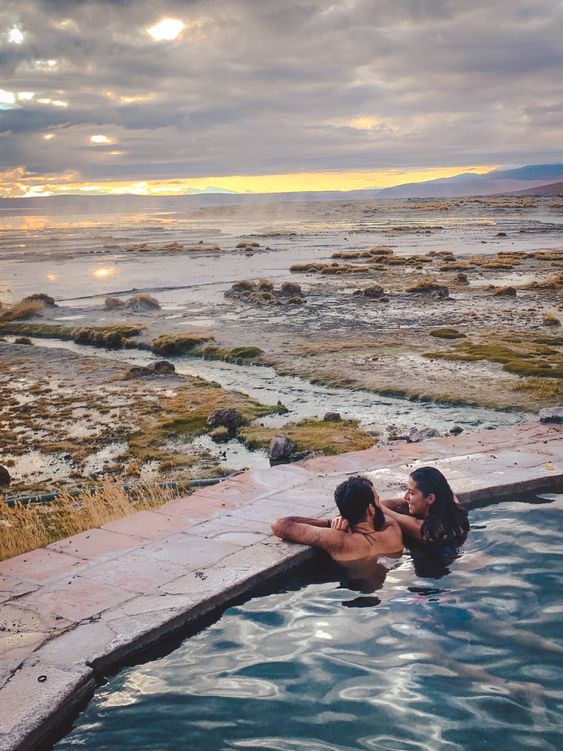
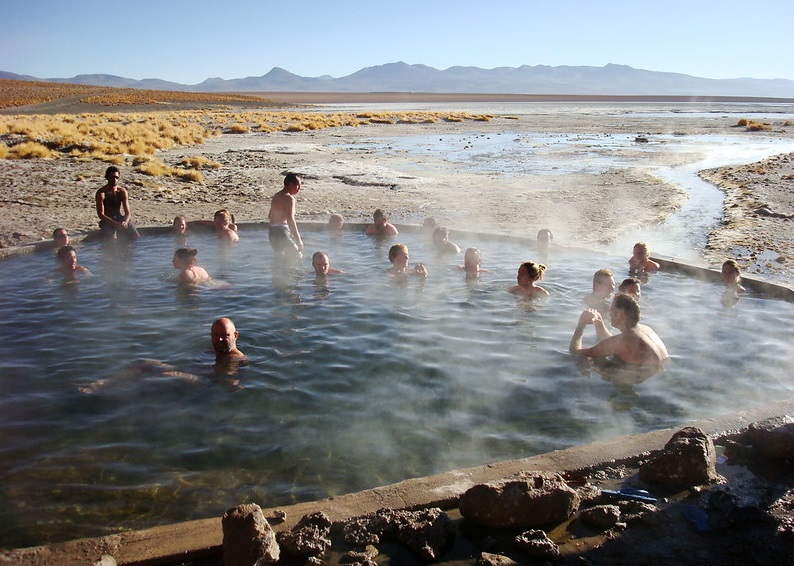
In the high Andean mountains of Bolivia, we find this oasis of thermal waters, which contrasts radically with the cold landscape outside.
These hot waters tours, with a high mineral content, come directly from the Polques volcano.
A hot bath in the early hours of the morning is a comforting experience that will relax us and we will be ready to continue our journey through the Uyuni highlands.
The Yaretas Valley.
One of the best kept secrets of the Andean highlands of Uyuni is the Valley of Yaretas.
The yareta is a plant made up of thousands of small plants, which together form a cushion of intense, bright green colour.
This long-lived plant, which can be up to 1,500 years old, grows above 4,000 metres above sea level and has been used for hundreds of years by the Andean people as a natural fuel.
The narrow, rocky valley is full of this ancient plant, which enlivens the arid landscape with its colour. Foxes, vicuñas and vizcachas are often found roaming the area.
Rock Valley Forest.
A few minutes before reaching the village of Villa Mar, and about 3:30 hours from the city of Uyuni, we find this incredible “Forest of Rocks”; a real treat for the eyes.
As we walk among the immense reddish-coloured rocks, we come across a myriad of formations, which make our imagination soar to extraordinary levels.
The Valley of the Rocks is an excellent spot for night photography on very cold nights.
The Siloli Desert and its Stone Tree.
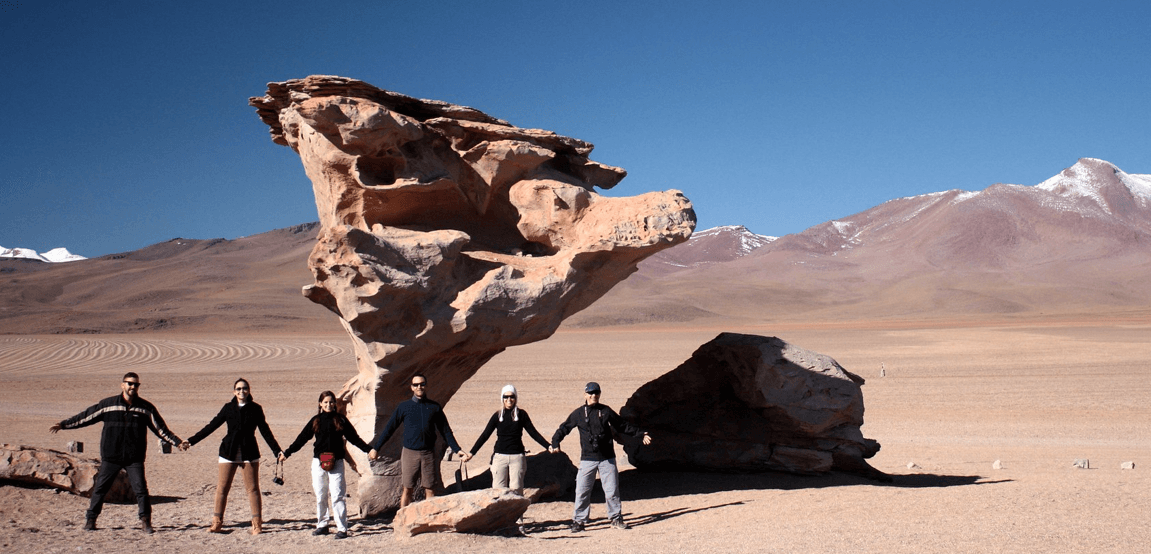
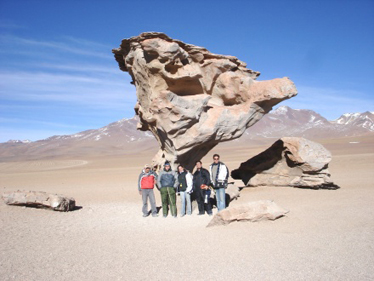
The Siloli Desert, apart from being one of the most arid deserts in the world, is characterized by its strange rock formations. Undoubtedly the most famous of these is one of Uyuni’s icons, the Stone Tree; a petra formation that looks more like a large mushroom than a tree.
A solitary geomorphological formation has been eroded by strong winds and desert sand for millions of years.
The Stone Tree maintains a balance that defies the law of gravity, and Its narrow base supports a great mass of stone, almost 6 metres high.
The thousands of Cacti of the Island of Incahuasi.
The Incahuasi, is the best known island of the Salar and is located about 99 km from the city of Uyuni and also means home of the Inca in the Quechua language.
Its rugged surface is populated by hundreds of giant cacti, which can be over 1m tall.
Inside the island there is a path that allows you to walk among the huge cacti, and you can climb to the highest part and have an impressive 360-degree view of the Uyuni salt flat.
The forgotten trains of Salar de Uyuni.
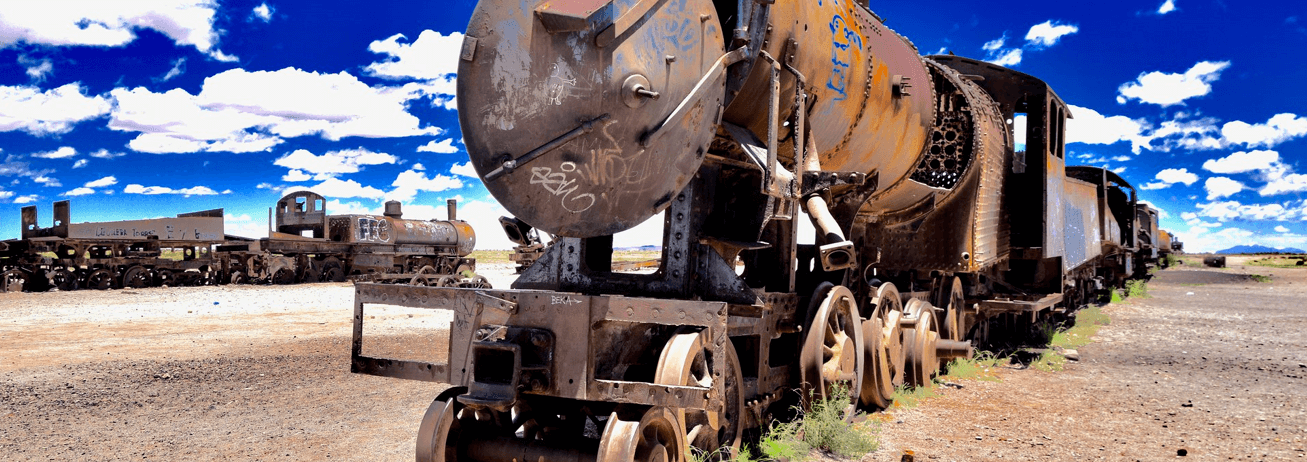
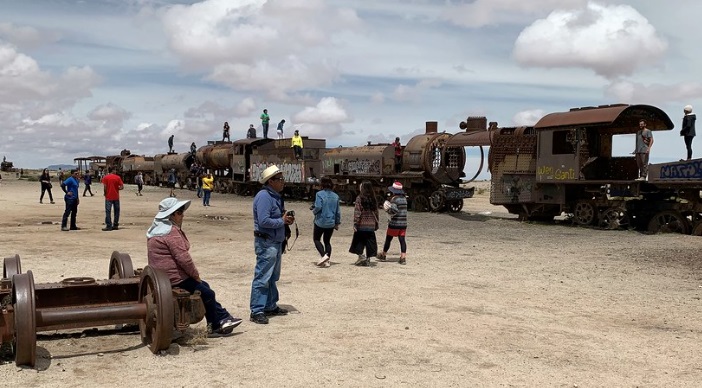
Mining is Bolivia’s main economic activity, and when the Spanish arrived, several roads were built to transport minerals throughout the country.
Over time, the trains that used to arrive in Uyuni stopped running and were forgotten in a large vacant lot. Today, the train cemetery houses over 99 attractive and photogenic wagons and locomotives; “graffitied”, twisted and rusted. Tour by Dreamy Tours, trens cemetery, full day.
Contact Us:
For more information, please contact us DREAMY TOURS, we will be happy to answer all your questions about Peru and Bolivia.
We are a Travel Agency specialized in tours packages, if you need some information, please write to us.
We offer tours in these cities in Peru:










